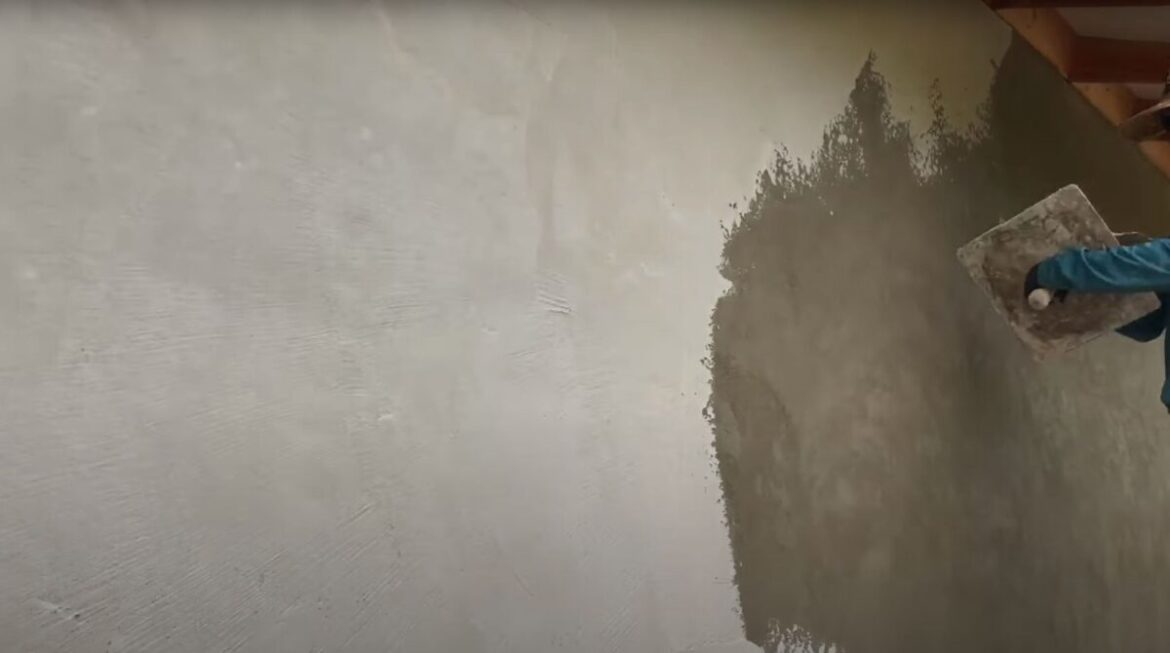Can I Fix Cracks in My Stucco Before Painting or Tinting?
Cracking the Code on Stucco Repairs Before Painting
Understanding Stucco and Its Vulnerabilities
Stucco, primarily a blend of cement, sand, and water, is favoured for its textured aesthetic appeal. Aucklanders particularly appreciate its durability and adaptability to various architectural styles. However, like any other building material, stucco isn’t exempt from issues. The primary concern? Cracks. Understanding why these cracks form is pivotal in addressing them. Factors range from natural settling of buildings, thermal expansion, to even moisture infiltration.
The Importance of Timely Repairs
Residing in suburbs like Ellerslie, one can’t help but notice the beautiful stucco-finished homes that grace the streets. However, with the ever-changing Auckland weather, the external walls of these houses are put to the test. Delays in addressing visible cracks can lead to moisture seepage, posing risks to the structural integrity of the building and potential mould growth.
Repair First, Paint Later
It’s a common misconception that painting over stucco cracks will make them disappear. On the contrary, painting over them only temporarily conceals the problem. Before reaching for that paintbrush or considering a tinting job, it’s vital to ensure that the stucco underneath is in prime condition.
Safe and Sound: Stucco Repair Precautions
Plastering, particularly with stucco, demands certain safety measures:
- Proper Ventilation: Stucco application or repair can release fine particles. Ensuring proper ventilation minimises inhalation risks.
- Protective Gear: Wearing safety goggles and gloves shields against direct contact with stucco mixtures.
The Right Way to Mend Stucco Cracks
Fixing stucco cracks before painting or tinting is more than just a slapdash job. It demands a systematic approach:
- Clean the Area: Ensure the crack is free from dust or debris.
- Choose the Right Filler: Depending on the crack’s width, a suitable filler, be it acrylic caulk or a masonry patching compound, should be chosen.
- Apply with Precision: Use a putty knife or caulking gun, depending on your chosen filler.
- Smooth Out and Let Dry: Once applied, smooth out the filler and allow ample drying time.
- Sanding for a Seamless Finish: Once dry, lightly sand the area to ensure it’s flush with the rest of the wall.
- Prepping for Paint: Apply a primer suited for stucco to ensure the paint adheres well.
Plaster Varieties: Auckland’s Preferred Choices
For Aucklanders, especially those in suburbs like Blockhouse Bay where the coastal climate plays a role, choosing the right plaster becomes crucial. Here’s a comparative look at some of the plaster types available:
| Type of Plaster | Benefits | Disadvantages | Use Cases | Material Ingredients | Weaknesses |
| Traditional Stucco | Durable, Weather-resistant | Time-consuming application | External Walls | Cement, Sand, Lime, Water | Can crack with building movement |
| Acrylic Render | Flexible, Variety of finishes | Costlier | External & Internal Walls | Acrylic Resin, Sand | UV exposure can fade colour |
| Lime Plaster | Breathable, Eco-friendly | Slower drying time | Historical Buildings | Lime, Water, Aggregate | Less resistant to impact |
| Gypsum Plaster | Quick setting, Smooth finish | Internal use only | Internal Walls & Ceilings | Gypsum, Water | Moisture-sensitive |
Engineering Behind Stucco Applications
The durability of stucco, particularly in a climate like Auckland’s, lies in its engineering. Stucco’s composition enables it to expand and contract, mirroring a building’s subtle movements. This property, known as the modulus of elasticity, ensures that stucco, when applied correctly, doesn’t easily crack. Moreover, the permeability of stucco allows it to breathe, reducing trapped moisture and consequent damage.
Engaging Expertise for Best Results
While minor stucco repairs might tempt a DIY approach, nothing replaces the expertise of a professional. For those contemplating a stucco repair followed by painting or tinting, consider engaging specialists like Your Plasterers Auckland. Their deep understanding of the material, Auckland’s climate, and the science behind successful applications guarantees not just a job well done, but the peace of mind that comes with it.
Frequently Asked Questions
Why does stucco crack?
Stucco can crack due to various reasons, including the natural settling of buildings, thermal expansion, moisture infiltration, or the external forces applied to it.
Is it essential to fix stucco cracks before painting?
Absolutely. Painting over cracks only conceals the problem temporarily. Addressing the cracks ensures the underlying structure is sound and that the paint job will last longer without issues.
How long should I wait after repairing stucco to paint it?
After repairing stucco, it’s advisable to wait for the repair material to dry completely, which can range from a few hours to a couple of days, depending on the product and weather conditions. Always check the manufacturer’s recommendations.
Can I use any paint over stucco?
No, it’s recommended to use paint specifically formulated for stucco. These paints adhere better and are designed to withstand the textured surface and external conditions stucco is exposed to.
Does stucco repair require any specific safety measures?
Yes, when repairing stucco, ensure proper ventilation to minimise the risk of inhaling fine particles. Wearing safety goggles and gloves can also prevent direct contact with stucco mixtures.
Are there alternative plasters to stucco in Auckland?
Yes, apart from traditional stucco, there are several other plasters like acrylic render, lime plaster, and gypsum plaster. Each has its benefits and use cases, and the choice often depends on the specific requirements of a project.
How does Auckland’s coastal climate affect stucco?
Auckland’s coastal climate can introduce added moisture and salt to the environment. Both can accelerate wear on stucco surfaces, making it even more crucial to ensure proper application and regular maintenance.

